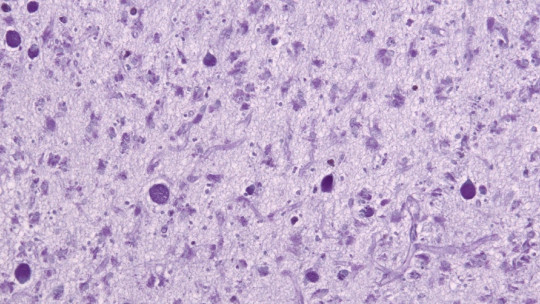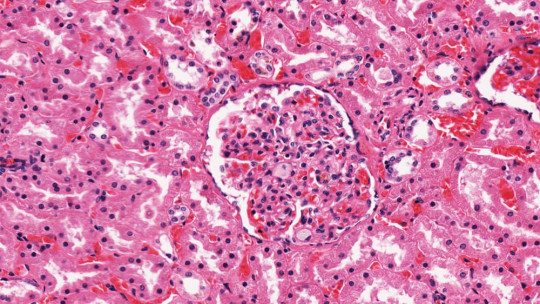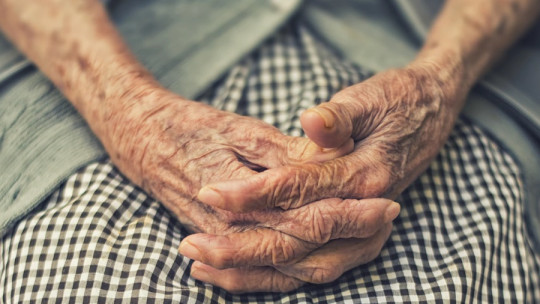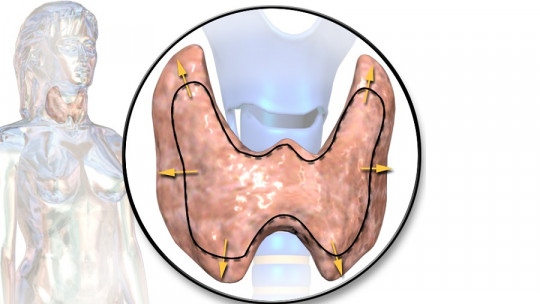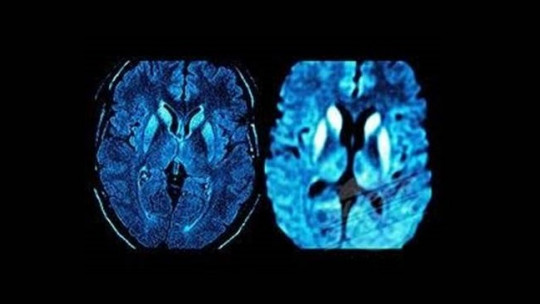
There are a series of diseases in the world whose percentage of those affected is very small. They are called rare diseases. One of these rare pathologies is Creutzfeldt-Jakob disease (CJD) which will be discussed throughout this article.
In Creutzfeldt-Jakob disease (CJD), an abnormality in a protein causes progressive brain damage that results in an accelerated decline in mental function and movement; the person reaching a coma and death.
What is Creutzfeld-Jakob disease?
Creutzfeldt-Jakob disease (CJD) is established as a rare brain disorder that is also degenerative and invariably fatal. It is considered a very rare disease, since it affects approximately one in every million people.
CJD usually appears in advanced stages of life and is characterized by evolving very quickly Its first symptoms usually appear at 60 years of age and 90% percent of patients die within a year of being diagnosed.
These first symptoms are:
As the disease progresses, mental deterioration becomes very significant, and can cause blindness, involuntary movements, weakness in the extremities and coma.
Creutzfeldt-Jakob disease (CJD) belongs to a family of diseases called transmissible spongiform encephalopathies (TSEs). In these diseases Infected brains have holes or holes only perceptible under a microscope ; making its appearance similar to that of sponges.
Causes
The main scientific theories maintain that this disease is not caused by a virus or bacteria, but by a type of protein called a prion.
This protein can present both in a normal and harmless form and in an infectious form, which causes the disease and causes the rest of the common proteins to fold in an abnormal way, affecting their ability to function.
When these abnormal proteins appear and join together, they form fibers called plaques, which can begin to accumulate several years before the first symptoms of the disease begin to appear.
Types of Creutzfeldt-Jakob disease
There are three categories of Creutzfeldt-Jakob disease (CJD):
1. Sporadic CJD
It is the most common type and appears when the person does not yet have known risk factors for the disease. It manifests itself in 85% of cases.
2. Hereditary
It occurs between 5 to 10 percent of cases. They are people with a family history of disease or with positive tests for a genetic mutation associated with it.
3. Acquired
There is no evidence that CJD is contagious through casual contact with a patient, but there is evidence that it is transmitted by exposure to brain or nervous system tissue. It occurs in less than 1% of cases.
Symptoms and development of this disease
Initially Creutzfeldt-Jakob disease (CJD) manifests itself in the form of dementia, with changes in personality, impairment of memory, thinking and judgment ; and in the form of muscle coordination problems.
As the disease progresses, mental deterioration worsens. The patient begins to suffer involuntary muscle contractions or myoclonus, loses bladder control and may even go blind.
Eventually, the person loses the ability to move and speak; until coma finally occurs. In this last stage, other infections arise that can lead the patient to death.
Although the symptoms of CJD may seem similar to those of other neurodegenerative disorders such as Alzheimer’s or Huntington’s disease, CJD causes a much more rapid deterioration of a person’s abilities and has unique changes in brain tissue that can be observed after autopsy.
Diagnosis
For now, there is no conclusive diagnostic test for Creutzfeldt-Jakob disease, so its detection becomes really complicated.
The first step in making an effective diagnosis is to rule out any other treatable form of dementia, for this it is necessary to perform a complete neurological examination. Other tests used when diagnosing CJD are spinal extraction and electroencephalogram (EEG).
Additionally, a computed tomography (CT) scan or magnetic resonance imaging (MRI) of the brain may be useful to rule out symptoms due to other problems such as brain tumors, and to identify common patterns in the brain degeneration of CJD.
Unfortunately, the only way to confirm CJD is through a brain biopsy or autopsy. Due to its danger, this first procedure is not performed unless it is necessary to rule out any other treatable pathology. Besides, The risk of infection from these procedures makes them even more complicated to perform
Treatment and prognosis
Just as there is no diagnostic test for this disease, there is no treatment that can cure or control it.
Currently, patients with CJD receive palliative treatments with the main objective of relieving their symptoms and ensuring the patient enjoys the highest possible quality of life. For these cases, the use of opiate drugs, clonazepam and sodium valproate can help reduce pain and alleviate myoclonus. Regarding the prognosis, the outlook for a person with CJD is quite discouraging. Within six months or less, after the onset of symptoms, patients are unable to care for themselves.
Generally, The disorder becomes fatal in a short period of time, approximately eight months ; although a small proportion of people survive up to one or two years.
The most common cause of death in CJD is infection, and heart or respiratory failure.
How it is transmitted and ways to avoid it
The risk of CJD transmission is extremely low; Doctors who operate on brain or nerve tissue are those who are most exposed to it.
This disease cannot be transmitted through the air, nor through any contact with a person who suffers from it. However, Direct or indirect contact with brain tissue and spinal cord fluid does pose a risk
To avoid the already low risk of infection, people who suspect or are already diagnosed with CJD should not donate blood, tissues or organs.
As for the people who are in charge of caring for these patients, health professionals and even funeral professionals must adopt a series of precautions when carrying out their work. Some of these are:

